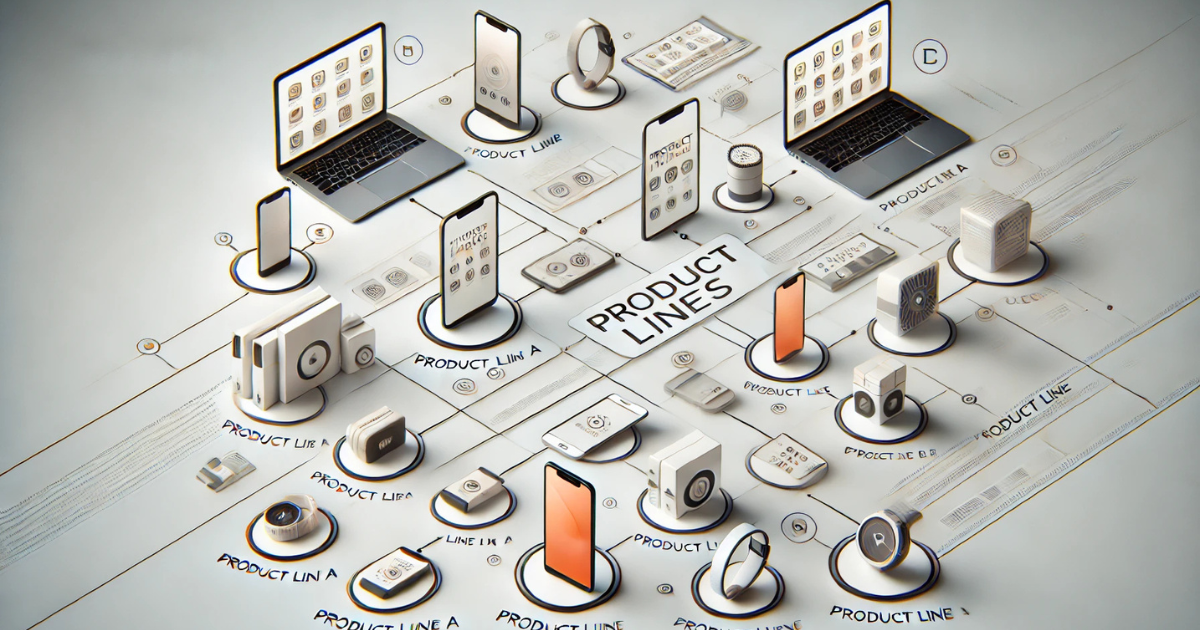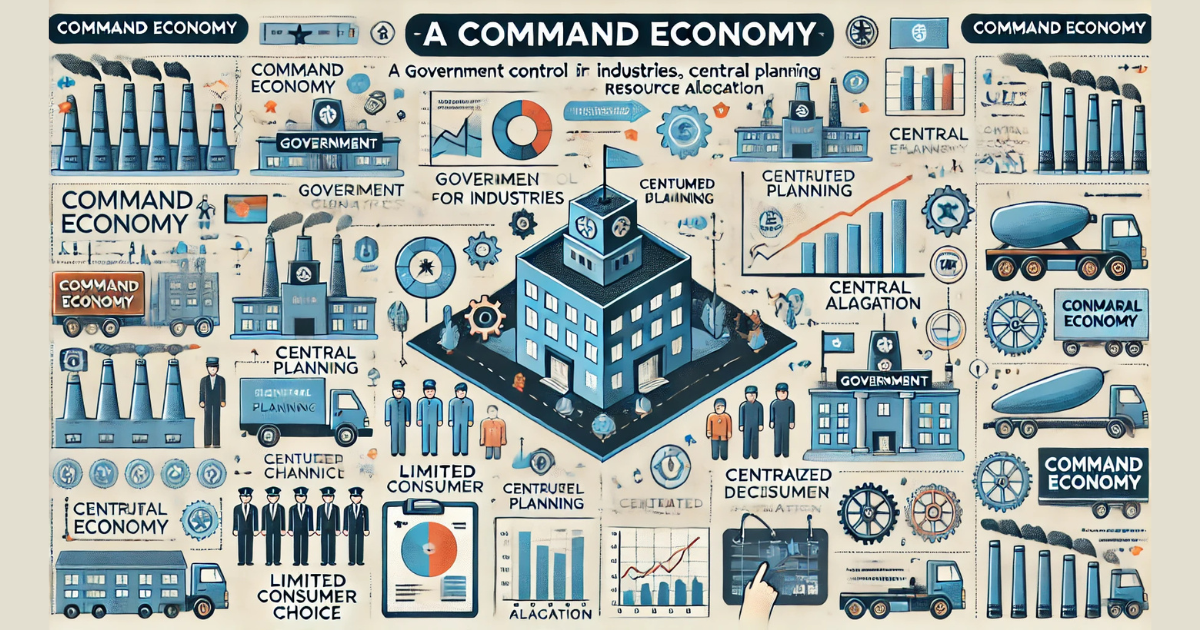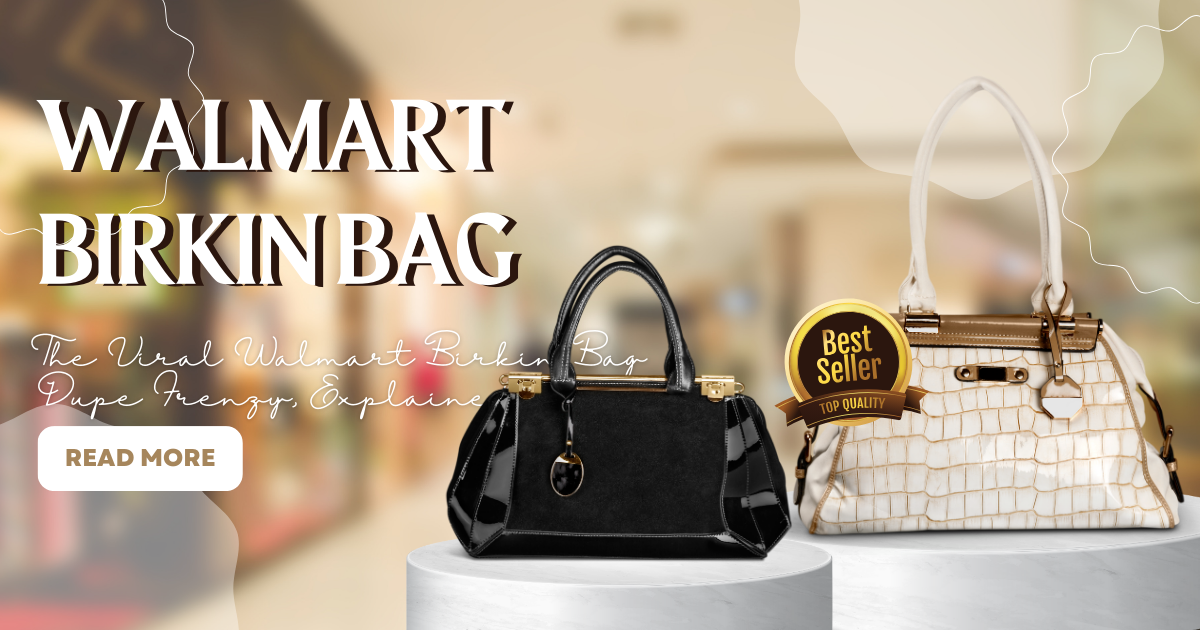
A product line is a group of related products marketed and sold under a single brand by a company. These products often share similar features, target the same customer base, and fulfill similar needs. The concept of a product line is vital for businesses seeking to diversify their offerings, capture a larger market share, and enhance their brand image.
By strategically organizing products into well-defined lines, businesses can leverage consumer loyalty, improve cross-selling opportunities, and streamline operations. This article explores the nuances of product lines, their benefits, and how they work within the context of modern business strategies.
What is a Product Line?
A product line refers to a collection of related products that are grouped together under a single brand. These products typically share a common purpose, design, or function and are marketed to similar customer segments.
For example:
- Apple’s iPhone series forms a product line that targets consumers seeking premium smartphones.
- Nike’s running shoes represent another product line catering to athletes and fitness enthusiasts.
Key Characteristics of a Product Line
- Shared Brand Identity: All products within a line are sold under the same brand name.
- Common Features: Products often share similar technology, design, or attributes.
- Target Audience: The products are aimed at fulfilling the needs of a specific market segment.
- Pricing Strategies: Product lines may include multiple price points to cater to different consumer preferences.
A well-structured product line allows businesses to address diverse customer needs without fragmenting their brand identity.
How Product Lines Work
1. Product Line Development
The process begins with identifying customer needs and market demands. Companies conduct extensive market research to understand trends, preferences, and gaps in the market. Based on this data, businesses develop products that align with the overall vision of the product line.
For example, an electronics company might introduce:
- Entry-level devices for budget-conscious consumers.
- Mid-range products for average users.
- Premium options for customers seeking advanced features.
This tiered approach ensures that the product line appeals to a broader audience.
2. Product Line Extension
Companies often expand their product lines to introduce new variants or updates. This strategy helps them:
- Reach new customer segments.
- Address changing market demands.
- Stay competitive in the industry.
For instance, a skincare brand might add new products like serums, face masks, or sunscreens to its existing moisturizer product line.
3. Product Line Consistency
Maintaining consistency across a product line is critical to its success. All products should align with the brand’s values, quality standards, and customer expectations. A lack of consistency can lead to confusion and weaken brand trust.
4. Marketing and Positioning
Effective marketing campaigns highlight the unique features of products within the line while reinforcing their relationship with the broader brand. Strategies include:
- Bundling products together to offer value deals.
- Promoting new products alongside existing ones.
- Using consistent branding and messaging across all marketing channels.
Companies often position their product lines to appeal to specific needs, such as affordability, luxury, or performance.
Types of Product Lines
Here are examples of product lines across different industries that illustrate how businesses group related products under a single brand to meet various customer needs:
1. Technology and Electronics
- Apple:
- iPhone Series (e.g., iPhone 13, iPhone 14, iPhone SE).
- MacBook Series (e.g., MacBook Air, MacBook Pro).
- iPad Series (e.g., iPad Mini, iPad Pro, iPad Air).
- Samsung:
- Galaxy Smartphones (e.g., Galaxy S23, Galaxy A Series, Galaxy Fold).
- Tablets (e.g., Galaxy Tab S Series).
- Televisions (e.g., QLED, Crystal UHD TVs).
- Microsoft:
- Surface Devices (e.g., Surface Pro, Surface Go, Surface Laptop).
- Software Products (e.g., Microsoft Office, Windows OS, Azure Cloud Services).
2. Automobiles
- Toyota:
- Corolla Series (e.g., Corolla Hatchback, Corolla Hybrid).
- SUV Line (e.g., Toyota RAV4, Highlander, Fortuner).
- Truck Line (e.g., Toyota Tacoma, Toyota Tundra).
- BMW:
- 3 Series (Luxury Sedans).
- X Series (SUVs like X1, X3, X5).
- M Series (Performance Cars like M3, M5).
- Tesla:
- Electric Car Line (e.g., Model S, Model 3, Model X, Model Y).
- Energy Products (e.g., Powerwall, Solar Roof).
3. Fashion and Apparel
- Nike:
- Running Shoes (e.g., Air Zoom Pegasus, Nike React Infinity).
- Athletic Wear (e.g., Nike Pro, Dri-FIT line).
- Air Jordan Collection (Basketball sneakers).
- Adidas:
- Originals Line (e.g., Stan Smith, Superstar).
- Performance Line (e.g., Ultraboost, Adizero running shoes).
- Sports Apparel (e.g., Climacool shirts, training gear).
- Zara:
- Women’s Line (e.g., dresses, blouses, coats).
- Men’s Line (e.g., shirts, trousers, blazers).
- Kids’ Line (e.g., outerwear, tops, accessories).
4. Beauty and Personal Care
- L’Oréal:
- Skincare Line (e.g., Revitalift, HydraFresh).
- Haircare Line (e.g., Elvive, Casting Crème Gloss).
- Makeup Line (e.g., Infallible Foundation, Color Riche Lipsticks).
- Dove:
- Body Washes (e.g., Deep Moisture, Sensitive Skin).
- Haircare (e.g., Intensive Repair Shampoo, Dryness Care Conditioner).
- Deodorants (e.g., Dove Advanced Care).
- Estée Lauder:
- Advanced Night Repair (Serums and Eye Creams).
- Double Wear Line (Foundations and Concealers).
- Pure Color Lipsticks.
5. Food and Beverage
- Coca-Cola:
- Coca-Cola Classic (Regular soda).
- Coca-Cola Zero Sugar (Calorie-free soda).
- Diet Coke (Low-calorie soda).
- PepsiCo:
- Soft Drinks (e.g., Pepsi, Mountain Dew, 7UP).
- Snacks (e.g., Lay’s Chips, Doritos, Cheetos).
- Sports Drinks (e.g., Gatorade, Propel).
- Kellogg’s:
- Breakfast Cereals (e.g., Corn Flakes, Special K, Froot Loops).
- Snack Bars (e.g., Nutri-Grain, Rice Krispies Treats).
- Plant-Based Products (e.g., MorningStar Farms).
6. Home Appliances
- Whirlpool:
- Washing Machines (e.g., Top Load, Front Load).
- Refrigerators (e.g., Single Door, Double Door).
- Dishwashers (e.g., Built-in, Freestanding).
- LG:
- TVs (e.g., OLED, NanoCell, UHD).
- Refrigerators (e.g., InstaView, Door-in-Door).
- Air Conditioners (e.g., Split AC, Dual Inverter AC).
- Philips:
- Kitchen Appliances (e.g., Air Fryers, Blenders, Juicers).
- Personal Care (e.g., Electric Shavers, Hair Dryers).
- Lighting (e.g., LED Bulbs, Smart Lights).
7. Financial Services
- Visa:
- Credit Card Products (e.g., Classic, Gold, Platinum).
- Debit Card Line (e.g., Visa Electron, Visa Debit).
- Prepaid Cards.
- Mastercard:
- Standard Mastercard.
- World Mastercard (Premium Credit Cards).
- Business Line (Corporate Cards and Solutions).
- American Express:
- Personal Cards (e.g., Amex Gold, Amex Platinum).
- Travel Cards (e.g., Delta SkyMiles Card).
- Business Cards.
8. Consumer Goods
- Procter & Gamble:
- Oral Care (e.g., Crest toothpaste, Oral-B brushes).
- Laundry Care (e.g., Tide, Ariel detergents).
- Baby Care (e.g., Pampers diapers).
- Unilever:
- Skincare (e.g., Vaseline, Pond’s).
- Food Products (e.g., Knorr soups, Lipton tea).
- Haircare (e.g., Sunsilk, TRESemmé).
These examples demonstrate how companies structure their product lines to target specific customer needs while maintaining brand consistency. Effective product line management helps businesses boost customer satisfaction, expand market reach, and enhance profitability.
Benefits of Product Lines
1. Meeting Diverse Customer Needs
Product lines allow businesses to cater to various customer segments by offering multiple products within the same category. This enhances customer satisfaction and loyalty.
2. Efficient Brand Management
By grouping products under a single line, businesses can:
- Simplify marketing efforts.
- Establish a strong brand identity.
- Enhance brand recognition.
3. Increased Revenue Opportunities
Expanding product lines opens opportunities for upselling and cross-selling. For example, a customer purchasing a smartphone may also buy compatible accessories like headphones or a protective case.
4. Competitive Advantage
Well-structured product lines help businesses differentiate themselves in the market. They can introduce unique products or innovations that set them apart from competitors.
5. Risk Mitigation
Having multiple products within a line reduces the risk of business failure. If one product underperforms, others can still generate revenue to maintain profitability.
How to Manage and Optimize Product Lines
1. Monitor Product Performance
Regularly evaluate the performance of each product within the line. Metrics like sales figures, customer feedback, and market share help determine whether to retain, modify, or discontinue products.
2. Focus on Innovation
Innovation is key to keeping product lines relevant. Businesses must invest in research and development to introduce new features, designs, and technologies.
3. Align with Customer Needs
Staying attuned to customer preferences ensures that the product line remains appealing. Conducting surveys and analyzing trends can help businesses adapt to changing demands.
4. Optimize Pricing
Implement tiered pricing strategies to make products accessible to a wider audience. Offering options at different price points ensures maximum market coverage.
5. Invest in Branding and Marketing
Consistent branding, compelling messaging, and targeted marketing campaigns are essential to the success of product lines. Highlighting the unique value of each product while maintaining brand cohesion is critical.
Conclusion
A well-structured product line is a powerful tool for businesses looking to maximize market reach, improve customer satisfaction, and boost profitability. By grouping related products under a single brand, companies can effectively meet diverse customer needs while strengthening their brand image.
Successful product lines require careful planning, continuous innovation, and strategic marketing. Businesses that focus on delivering value, maintaining consistency, and adapting to market demands are better positioned to thrive in competitive industries.
If you want to read more information about how to boost traffic on your Website just visit –> The Insider’s Views.






